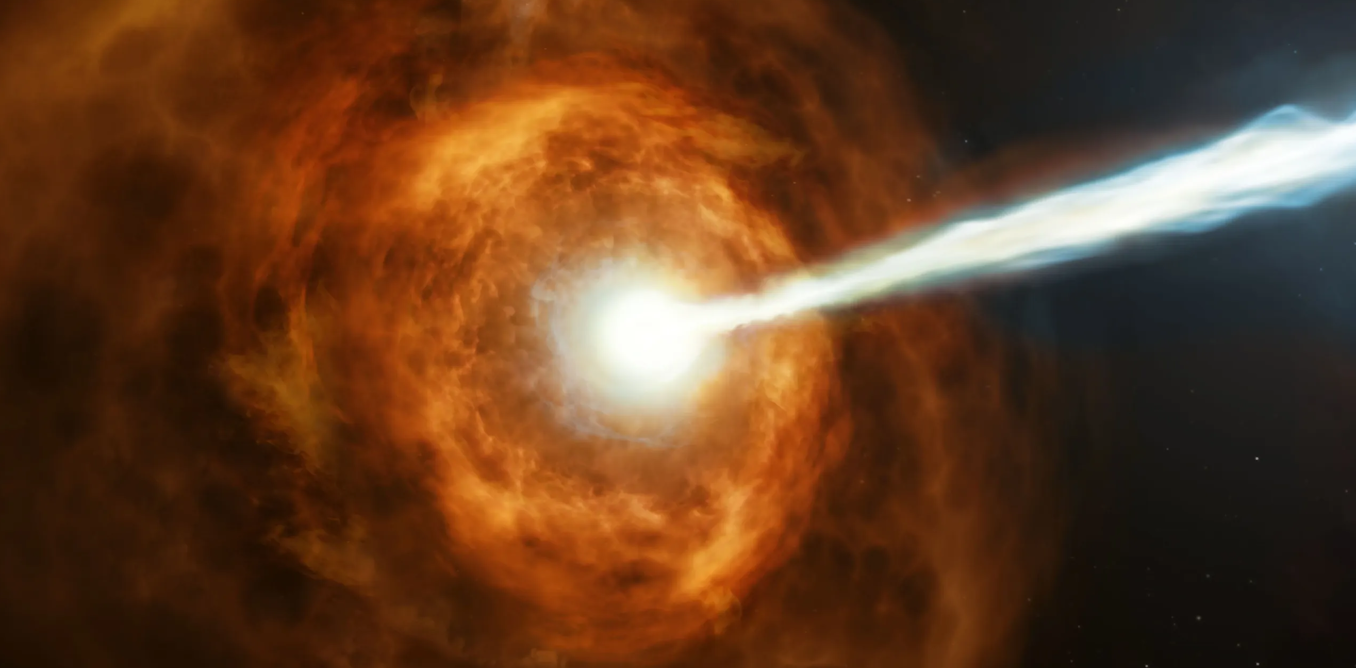Lead a Citizen Scientist Project to Study the Energetic Bursts from Exploding Stars
 When faraway stars explode, they send out flashes of energy called gamma-ray bursts that are bright enough that telescopes back on Earth can detect them. Studying these pulses, which can also come from mergers of some exotic astronomical objects such as black holes and neutron stars, can help astronomers like me understand the history of the universe.
Space telescopes detect on average one gamma-ray burst per day, adding to thousands of bursts detected throughout the years, and a community of volunteers are making research into these bursts possible.
On Nov. 20, 2004, NASA launched the Neil Gehrels Swift Observatory, also known as Sw......
When faraway stars explode, they send out flashes of energy called gamma-ray bursts that are bright enough that telescopes back on Earth can detect them. Studying these pulses, which can also come from mergers of some exotic astronomical objects such as black holes and neutron stars, can help astronomers like me understand the history of the universe.
Space telescopes detect on average one gamma-ray burst per day, adding to thousands of bursts detected throughout the years, and a community of volunteers are making research into these bursts possible.
On Nov. 20, 2004, NASA launched the Neil Gehrels Swift Observatory, also known as Sw......
Read Full article on GretAi
Comments
Post a Comment